Japanese adventurer Uemura Naomi pushed the restrictions of stamina. In his short lifestyle, he racked up an extraordinary record of achievements, including staying the first individual to climb five of the world’s Seven Summits and completing a grueling 12,000-kilometer solo journey throughout the Arctic by puppy sled. This yr marks the eightieth anniversary of the pioneering explorer’s birth.
Legendary Japanese adventurer Uemura Naomi was still younger, just 43, when he disappeared in 1984 making an attempt a solo winter season ascent of Denali (previously Mount McKinley) in Alaska. Always pushing the limits of what was doable, he tackled the optimum peaks and traversed the harshest landscapes, often alone, amassing an unparalleled record of achievements in his small life. This calendar year marks the eightieth anniversary of Uemura’s birth, offering a fitting option to reflect on the legacy of the pioneering determine.
Exploring the Globe
Uemura was born in 1941 in the farming hamlet of Kokufu (now Toyooka) in the Tajima area of northern Hyōgo Prefecture. The youngest of seven young children, he grew up surrounded by abundant character in Tajima, an space also recognized for its harsh winters. He put in his formative years in bucolic bliss, supporting on the farm, which includes grazing the family’s herd of Tajima cattle, and romping alongside the banking companies of the Maruyama River. A typical youth in most respects, he had a mild, unassuming way that hid a solid competitive streak and want to stand out from the group. Hardened by the weighty winter season snowfalls and frigid seasonal winds that blow off the Sea of Japan, he demonstrated as an adult a resourcefulness, iron fortitude, and unflagging work ethic attribute of inhabitants of Japan’s snow-weighty locations.
Uemura began his climbing occupation in college or university, signing up for the alpine club at Meiji College. A novice at mountaineering, throughout his initial outing with the group to Mount Shirouma in Nagano Prefecture he struggled to continue to keep pace with the other climbers. Chastened by the working experience, he threw himself into education, his competitive spirit pushing him to commit approximately a third of the year honing his techniques in the industry. He experienced a organic expertise for climbing and ultimately took a leadership function in the club.
A voracious reader of alpine guides, Uemura longed to scale the mountains of the Alps, an aspiration Japan’s circumstances at the time rendered virtually impossible—travel restraints and a established exchange charge of ¥360 to $1 set outings overseas out of access for most individuals. Vexed by his restricted solutions for climbing, his stress boiled more than when he heard that a classmate had absent glacier climbing in Alaska, an knowledge he could only dream of. Relief finally came in 1964 with the lifting of postwar constraints, such as Japan’s abolition of foreign currency controls, placing the adventures Uemura experienced pined for within arrive at.
Soon after graduating from university, Uemura shunned the path of his work-looking for friends and set off to vacation the globe, boarding a ship to Los Angeles with a mere $110 in his pocket. Above the following four and a fifty percent yrs he would circumnavigate the globe in research of new problems. In Southern California, he saved up adequate income accomplishing element-time work opportunities to journey to France, in which he would return intermittently to replenish his resources by performing extensive days at a ski resort prior to heading out on another enterprise. Just about straight away he commenced racking up information: he joined manual Pemba Tenzing in making the 1st thriving ascent of the 7,916-meter Himalayan mountain Ngojumba Kang (Tenzing Peak), a feat accomplished as element of an expedition by the alpine club of Meiji College, and concluded the very first solo journey by raft down the Amazon River, a trip of some 6,000 kilometers. With an insatiable appetite for journey, Uemura chipped absent at the world’s 7 Summits, conquering peaks like Mont Blanc (then deemed the tallest in Europe), Africa’s Kilimanjaro, and South America’s Aconcagua, and frequently designed forays into the polar areas.
Heading it By itself
Uemura ultimately returned to Japan, but his wanderlust would not enable him to keep place for very long. In May well 1970, he joined the Japanese Alpine Club’s expedition to Mount Everest and was the 1st Japanese, and only the twenty-fourth man or woman, to stand atop the world’s best peak. A mere a few months later on, in August, he finished the first-ever solo ascent of Denali and turned the initially alpinist in historical past to climb five of the Seven Summits. What is even more exceptional is that Uemura achieved these heights ahead of he turned 30.
Uemura’s Ascent of the Maximum Mountains on Five Continents
Uemura experienced taken component in a selection of high-profile climbing expeditions, but in 1971, a brace of unwell-fated outings compelled him to rethink his involvement in significant groups. The initial of these was a wintertime ascent of the north experience of the 4,208-meter Grandes Jorrasses in the Alps. The climbing crew Uemura was portion of achieved the summit without problem, only to be caught in a storm as the team plodded again down the mountain, ensuing in five users losing digits to frostbite. The following month, Uemura returned to Mount Everest as section of a superior-profile intercontinental expedition. Inspite of a valiant effort and hard work carrying loads higher up the mountain, while, he could only look at as accidents and infighting brought about the expedition to tumble apart in advance of his eyes.
Although Uemura relished the comradery of becoming component of climbing groups, the two fateful encounters remaining him in a point out of malaise. He did not have an unfavorable view of team undertakings, but he located them inhibiting. The a lot more he viewed as his objectives, the a lot more he came to consider that solo endeavors, which had not been his major target up to then, finest matched what he hoped to achieve.
The selection opened new prospective clients and relit in Uemura a long-held ambition of making a solo crossing of Antarctica. Switching his aim from mountaineering to polar exploration, he set his eyes on the most extreme prizes. Owning put in a great deal of his early vocation engaged in unbiased adventures, he reliable his qualities. In a perception, by picking out to go it by itself, he was returning to his roots, a proposition that he definitely delighted in—but that on Denali would have grave implications.
Polar Conquest
Uemura was captivated by the polar locations. Through his initially outings in the Arctic, he embraced the indigenous tradition and language while residing in indigenous Inuit communities, his laidback character endearing him to citizens and permitting him to blend in virtually simply. In 1972, he invested a long stint in the northern Greenland settlement of Siorapaluk, wherever below the instruction of locals he uncovered how to drive a doggy sled and other indigenous expertise essential to endure by itself in the unforgiving ecosystem.
In April 1973, he analyzed his nascent capabilities, location out by dog sled on a round-trip journey alongside the northwest coast of the island, covering a distance of some 3,000 kilometers on his personal. His upcoming outing, a 12,000-kilometer solo trek across the Arctic from Greenland to Alaska through the north coast of Canada, taxed his polar survival capabilities to the quite restrict. Uemura set off on the grueling journey in December 1974 and spent the subsequent calendar year and a half navigating the frozen, rugged expanse. His arrival in Alaska in May possibly 1976 was a big triumph, his results versus all odds solidifying his popularity as a globe-class explorer.
Quite a few many years back again, I experienced the satisfaction of editing the paperback version of Hokkyokuken 12,000 kiro (12,000 Kilometers Across the Arctic), Uemura’s account of his journey. The nicely-penned get the job done attracts audience in with its vivid depiction of what Uemura endured, these types of as his bemusement at the escape of his doggy team early in the expedition and his perpetual fear of polar bears. For me, examining the guide felt as if I was sitting down along with Uemura every single kilometer of the extraordinary trip.
In 2015, I made a decision to vacation to Greenland and shell out a thirty day period in Siorapaluk, retracing Uemura’s footsteps there. The adventurer experienced lived for 10 months in the very small outpost, and I was happy to find that he was nonetheless fondly remembered by several of its people. I satisfied a person who proudly recounted childhood memories of meeting Uemura and supporting him learn the regional Inuit language—by all accounts Uemura was a pure.
Uemura returned to the Arctic in 1978. In yet another impressive exhibit of will and stamina, he travelled by pet sled to the North Pole in April, and then in August journeyed north to south across the inland of Greenland.
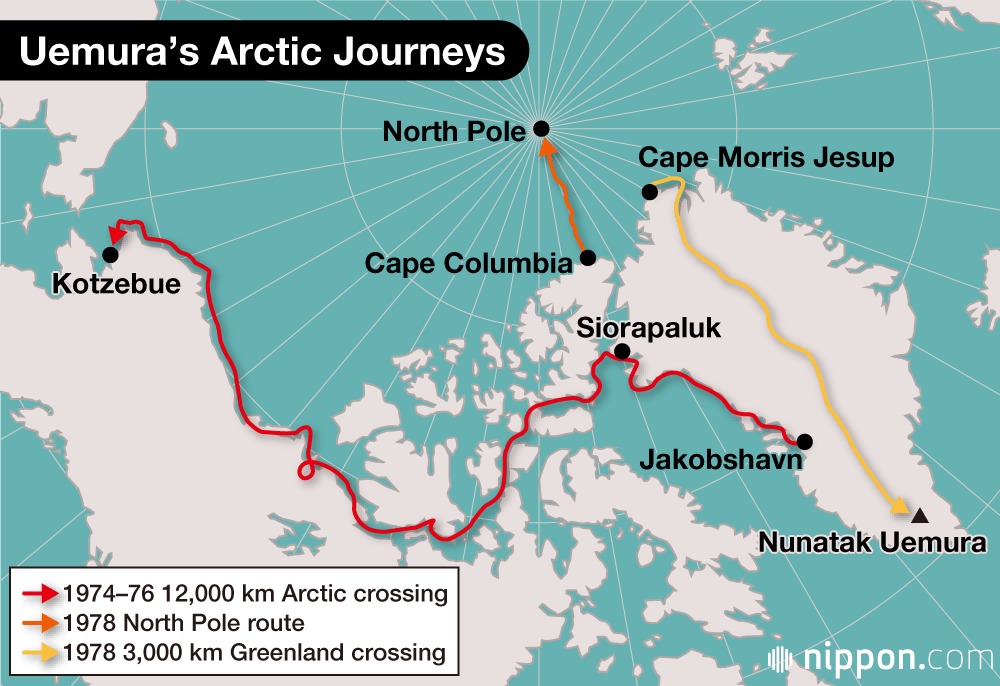
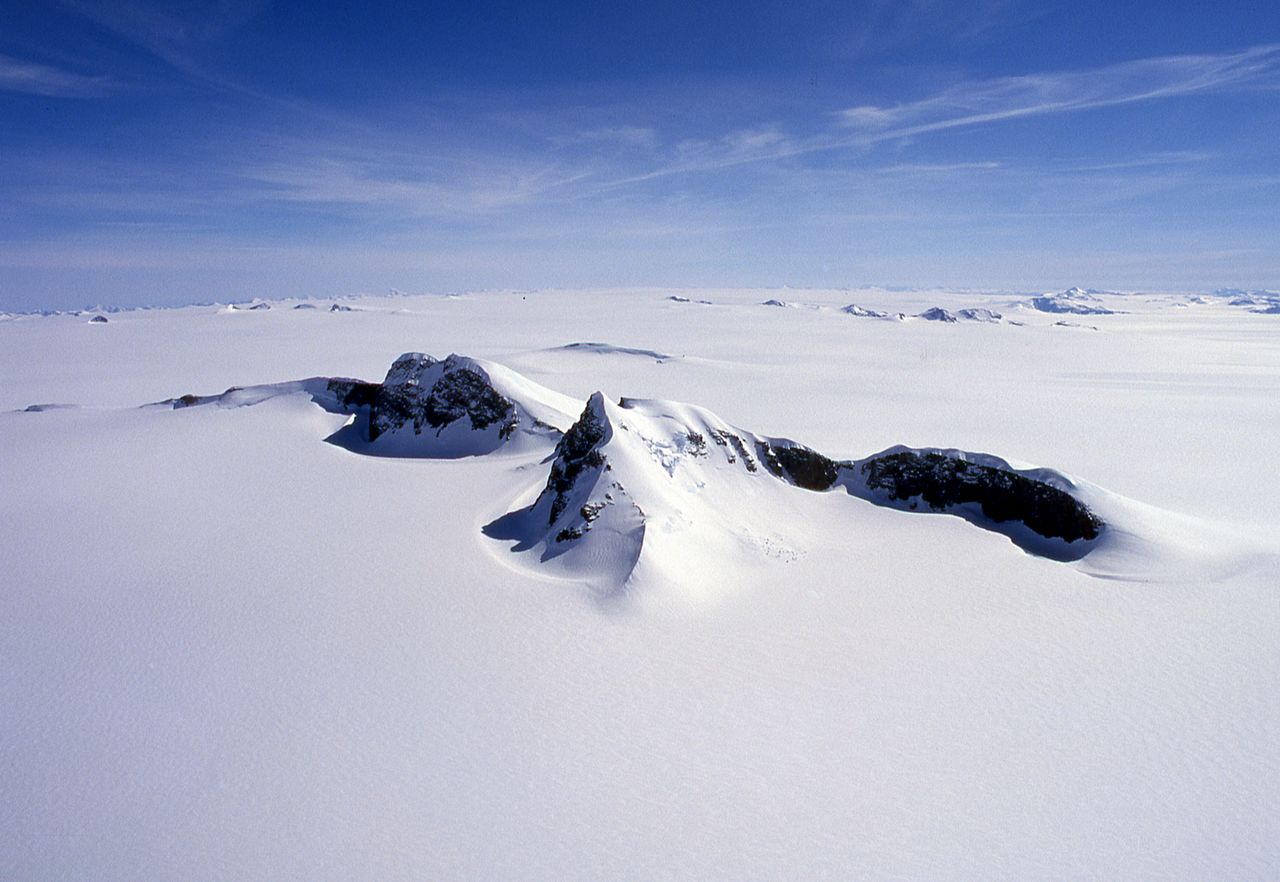
The twin peaks of Nunatak Uemura poke out from the Greenland icesheet. The mountain was named in honor of the adventurer, who selected the pinnacles as the ending spot of his 1978 crossing of the island. (© Yanagi Akinobu)
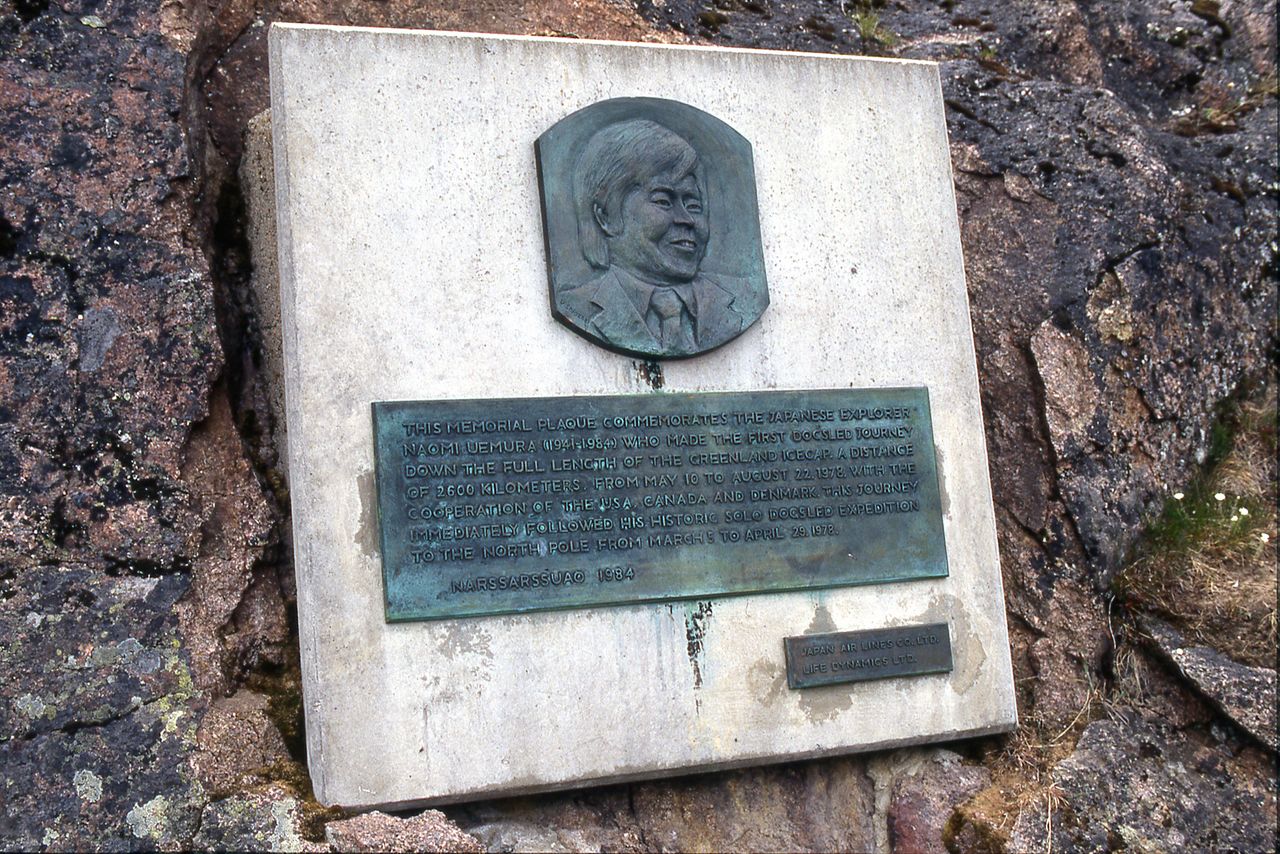
A plaque positioned by the Danish federal government in the village of Narsaq, the settlement nearest to Nunatak Uemura, honoring the explorer. (© Yanagi Akinobu)
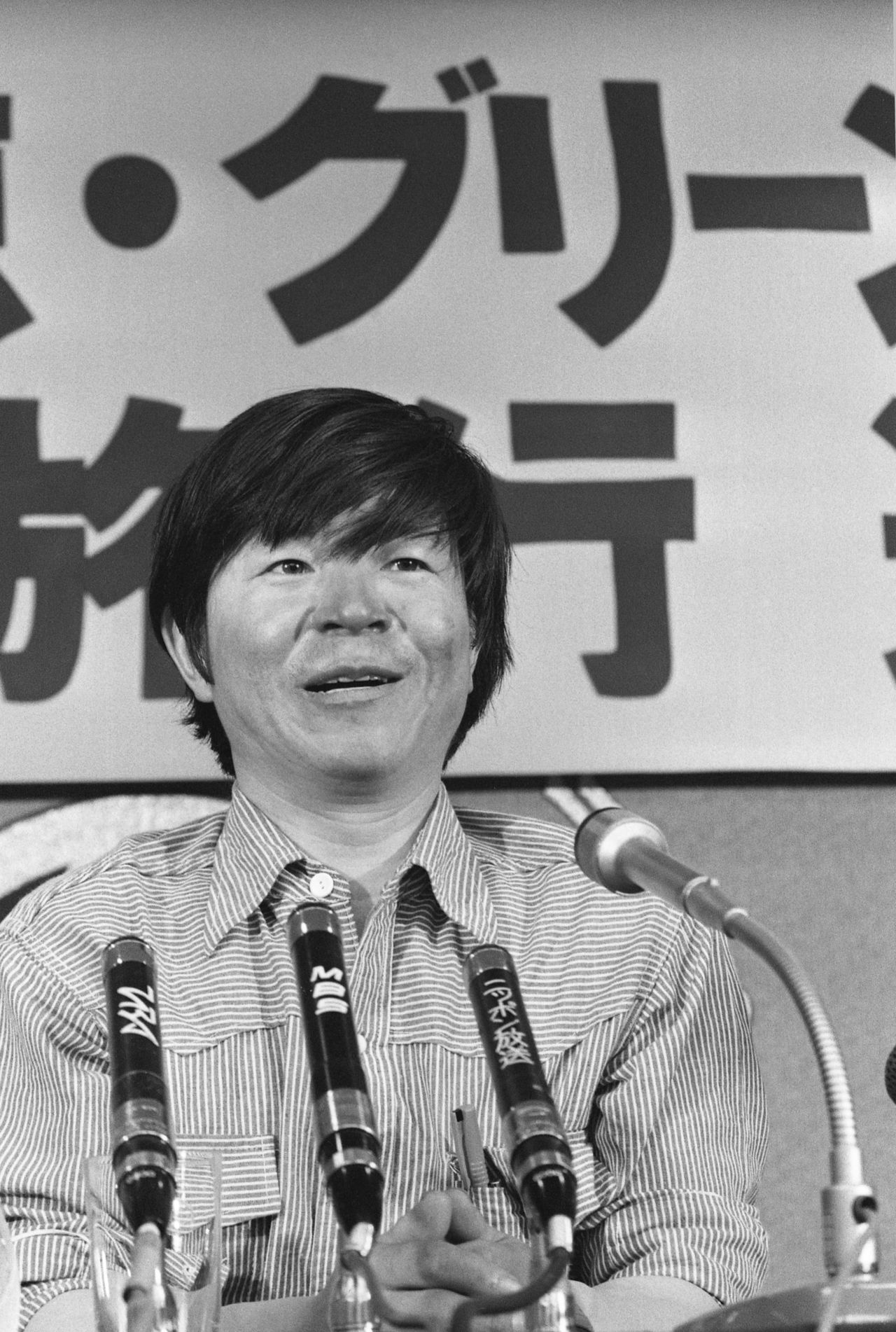
Uemura talks at the Japan Countrywide Press Club on September 1, 1978, following his crossing of Greenland. (© Jiji)
A Humble Adventurer
In the Arctic, Uemura nurtured his vision of creating a solo crossing of the South Pole by doggy sled. Next his successes in the northern extremes, he squandered very little time in preparing his subsequent terrific experience. In January 1982, he traveled via Argentina to an Argentinian armed forces foundation on the Antarctic Peninsula, wherever he started generating his closing preparations for the unprecedented journey across the southern continent. It was never ever to be, nevertheless. To Uemura’s utter dismay, the outbreak of the Falklands War in between Argentina and Britain in April of that 12 months forced him to abandon the endeavor ahead of it bought underway.
Uemura, despite the fact that significantly dissatisfied to have his plans foiled by forces entirely beyond his regulate, was far from defeated. Shelving his ten years-old desire of soloing throughout Antarctica, he turned to other adventures. In 1984 he returned to Denali with the goal of making a winter season ascent of the mountain alone, which he attained on February 12, his forty-third birthday. But on the subsequent day, amid inclement weather, he went missing as he created his way down from the peak.
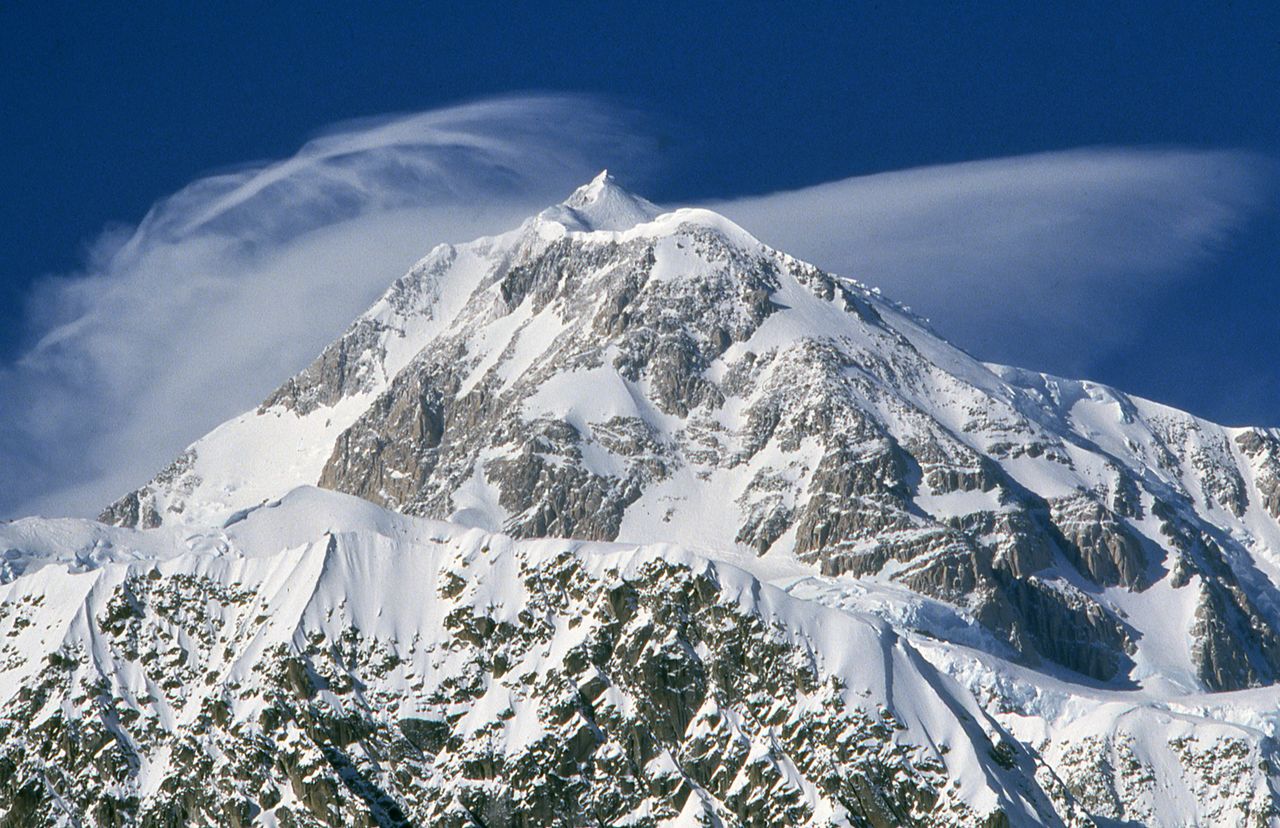
Denali in winter. The continues to be of Uemura were hardly ever recovered from the mountain. (© Yanagi Akinobu)
Uemura’s job spanned Japan’s increase as a worldwide financial electric power, and in many approaches he embodied the spirit of the nation at the time. He entered college in 1960, a calendar year that saw significant demonstrations in opposition to the government’s railroading by means of a revision of the Japan-US Security Treaty, and like many others in the place he chafed towards the forces that kept him from in search of out his opportunity. When all those barriers ended up taken off, he burst onto the entire world stage in research of new troubles, paralleling Japan’s individual rapid economic progress right after 1964. He did not bow to convention, but relied on his ingenuity, challenging do the job, and determination to get him wherever his dreams led, leaving his mark on the vast, uncharted territories of the globe.
In 2014 I paid out a stop by to the Alaskan settlement of Kotzebue, the finish issue of Uemura’s 12,000-kilometer journey throughout the Arctic. The attractiveness of the area is spectacular. Flying about the countless tundra and its a great number of rivers, it seemed as if the aircraft was hanging motionless in the air, the scene broken only by the glaciers of Denali stretching into the horizon and the mountain itself glimmering like a sacred jewel. As the plane approached the tiny outpost, I thought of how humbling it should be for residents to reside in these kinds of a magnificent and unforgiving ecosystem.
Uemura shared with the indigenous inhabitants a deep regard for this remote land, but he did not let his awe of it maintain him from confronting its harshness. Suffering from the nature and assembly the indigenous persons of the remote spots Uemura frequented, I started to understand a small why his legacy as an adventurer endures today.
(Originally posted in Japanese. Banner photo: Uemura Naomi smiles just after achieving the North Pole by dog sled on April 29, 1978. © Bungei Shunjū.)




More Stories
Travel Tips: What You Need to Know About Uganda
The 5 Top Hawaii Hiking Adventures: Hawaii’s Most Outrageous Trails
Cape Town’s Big Six: Table Mountain